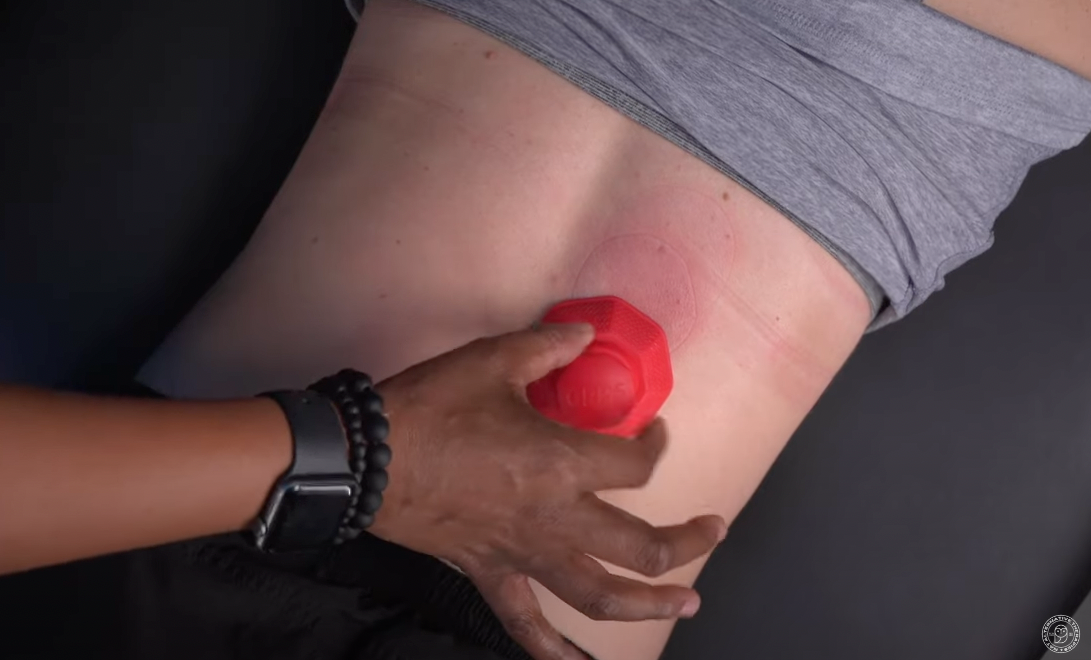Osteoporosis and Prevention: Understanding the Silent Disease and How to Protect Your Bones

Bone-Weakening Disease
Osteoporosis is often referred to as the silent disease because it develops gradually and without noticeable symptoms until a bone fracture occurs. This bone-weakening disease affects millions of people worldwide and poses a significant threat to their quality of life. In this comprehensive blog, we will discuss what osteoporosis is, its risk factors, diagnosis, and most importantly, how to prevent and manage it through lifestyle changes and medical interventions.
What is Osteoporosis?
Osteoporosis is a condition characterized by a decrease in bone mass and density, leading to fragile and brittle bones that are prone to fractures. It occurs when the body loses too much bone, makes too little bone, or both. This imbalance can cause the bones to become weak and more likely to break from minor falls or even simple actions such as bending over or coughing.
Risk Factors
There are several factors that increase the risk of developing osteoporosis, including:
-
Age: Bone mass peaks in the late 20s, and after that, bone loss begins to outpace bone growth. The risk of osteoporosis increases with age, especially for women after menopause.
-
Gender: Women are at a higher risk than men due to lower peak bone mass and hormonal changes during menopause that accelerate bone loss.
-
Family history: Genetics play a significant role in determining bone health. If a close family member has osteoporosis or has experienced a fracture, your risk is higher.
-
Low body weight: Individuals with small body frames or low body weight have less bone mass to draw from as they age, increasing their risk of osteoporosis.
-
Lifestyle factors: Smoking, excessive alcohol consumption, sedentary lifestyle, and poor nutrition can all contribute to the development of osteoporosis.
Diagnosis
Osteoporosis is often diagnosed after a fracture occurs. However, it can also be detected through a bone mineral density (BMD) test. The most common BMD test is dual-energy X-ray absorptiometry (DEXA), which is a non-invasive, low-radiation procedure that measures bone density in the hip, spine, and wrist.
Prevention and Management
Although osteoporosis cannot be entirely prevented, there are steps you can take to minimize the risk and manage the condition.
-
Nutrition: A balanced diet rich in calcium and vitamin D is essential for maintaining strong bones. Good sources of calcium include dairy products, leafy green vegetables, and fortified foods. Vitamin D can be obtained through sun exposure, fatty fish, and supplements.
-
Exercise: Regular weight-bearing and resistance exercises stimulate bone growth and help maintain bone density. Aim for at least 30 minutes of physical activity most days of the week, incorporating activities such as walking, jogging, dancing, and strength training.
-
Quit smoking and limit alcohol consumption: Smoking and excessive alcohol intake have been linked to increased bone loss. Quitting smoking and limiting alcohol intake to no more than one drink per day for women and two for men can help protect your bones.
-
Fall prevention: Falls are a leading cause of fractures in individuals with osteoporosis. Reduce your risk by removing tripping hazards at home, using non-slip mats, installing grab bars in the bathroom, and improving lighting.
-
Medications: In some cases, your healthcare provider may prescribe medications to slow down bone loss or stimulate bone growth. It is crucial to follow your doctor's recommendations and attend regular check-ups to monitor your bone health.
Conclusion
Osteoporosis is a silent disease that can significantly impact your quality of life. However, by understanding the risk factors and taking proactive steps to maintain bone health through proper nutrition, exercise

Learn More for Less

Unlimited access to all CE courses for just $19.95/mo







